#the other is raspberry pyrausta
Text


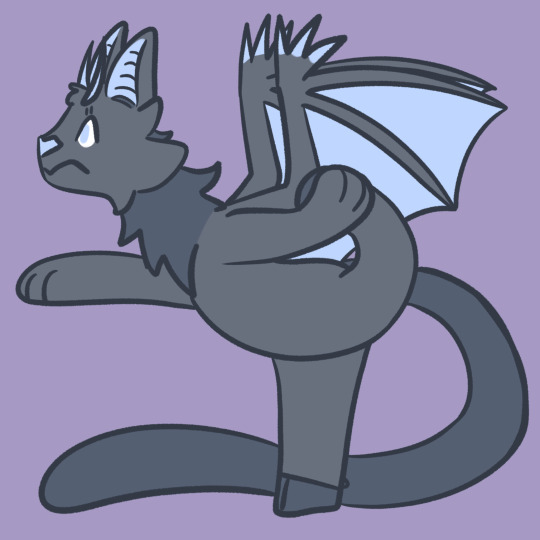

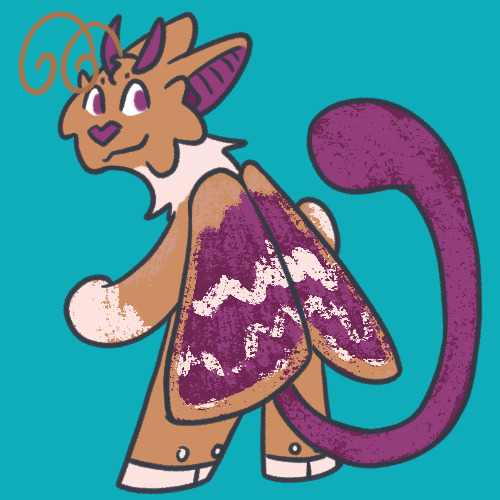
#drawing#digital art#art#oc art#oc#ren#tutelary#tute#moth#butterfly#yea one is corazon inspired#it’s a pink spotted cattleheart#the other is raspberry pyrausta
9 notes
·
View notes
Text
Wild Bergamot/Bee Balm Folklore and Magical Properties
Monarda species, also known as bee balm, Oswego tea, and wild bergamot, is one of my favorite native flowers. The blooms themselves are striking, the leaves are fragrant, they spread very easily, and they thrive where other plants falter. They’re fantastic additions to permaculture guilds, since they’re good at attracting oft-neglected native US pollinators like the raspberry pyrausta moth. It’s…
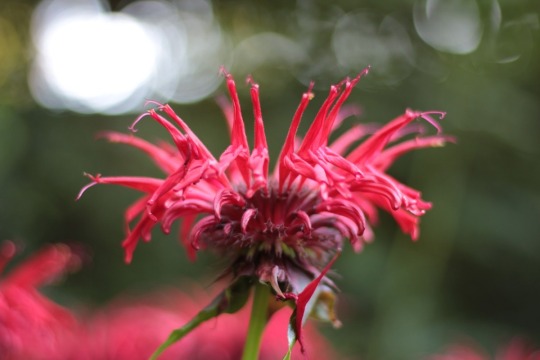
View On WordPress
0 notes
Photo
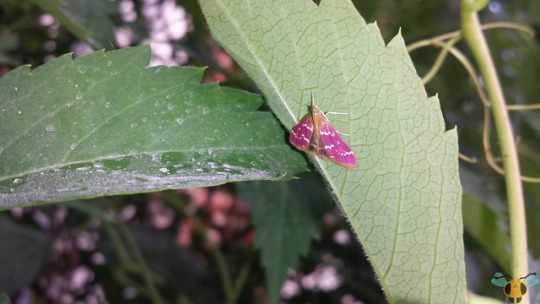
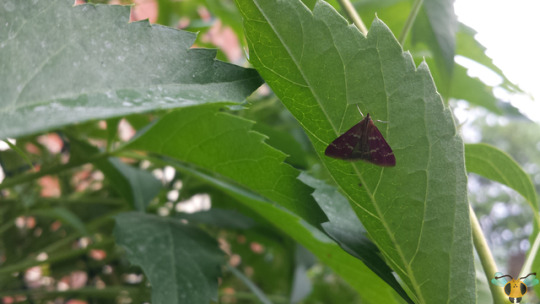

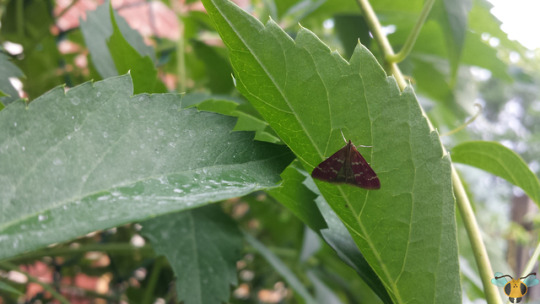


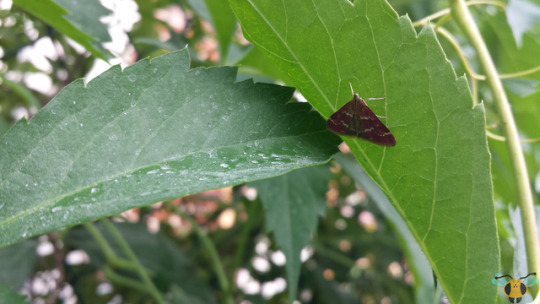
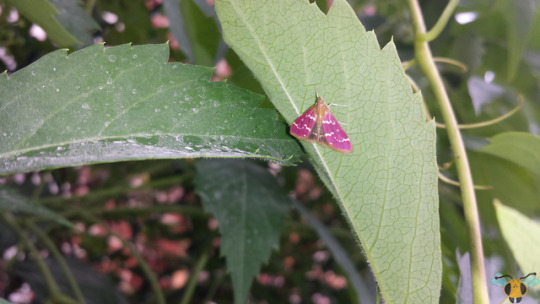
Raspberry Pyrausta Moth - Pyrausta signatalis
What’s this? A Moth flying around in the daylight? Your eyes do not deceive you! If you see a Moth in flight, keep an eye on where it goes because some tend to just disappear at a moments notice. Of course, when they disappear, they aren’t really gone, they’ve probably just picked a hiding place in the undergrowth or under a leaf, like this one did. I suppose darkness provides the best hiding place. This sort of behavior was also seen in the Box-Tree Moth, but with a wider wingspan, it sticks out more, unlike this Moth which is relatively tucked in. Also, different to the Box-Tree Moth, this pink-winged Moth is native to the North Americas and doesn’t seem to be of great concern as far as pest insects go.
This Moth is easily identifiable by its pink colored forewings, adorned with white lines. If you’re looking for this Moth in particular, take extra note on these characteristics as many Moths in the Pyrausta genus exhibit similar (but not exact) colorations and patterning. Some even have brown or yellow wings! While the forewings of this Moth are eye-catching, almost floral, its hindwings are colored brown. Finally, if you zoom in on the Moth’s head, you can see a characteristic snout, liked a pointy nose, which constitute the mouthparts of this insect. While I’m not sure what the adults eat (if they even do eat at all), the larvae prefer eating mint plants - presumably their leaves, but accounts of Pyrausta feeding vary across specie; some preferring the leaves, others boring into the stems and fruits. Don’t let the common name fool you, raspberries are not on the menu.
Pictures were taken on June 24, 2019 with a Samsung Galaxy S4
#jonny’s insect catalogue#insect#moth#raspberry pyrausta moth#lepidoptera#toronto#june2019#2019#ontario insect#entomology#nature#invertebrates
1 note
·
View note